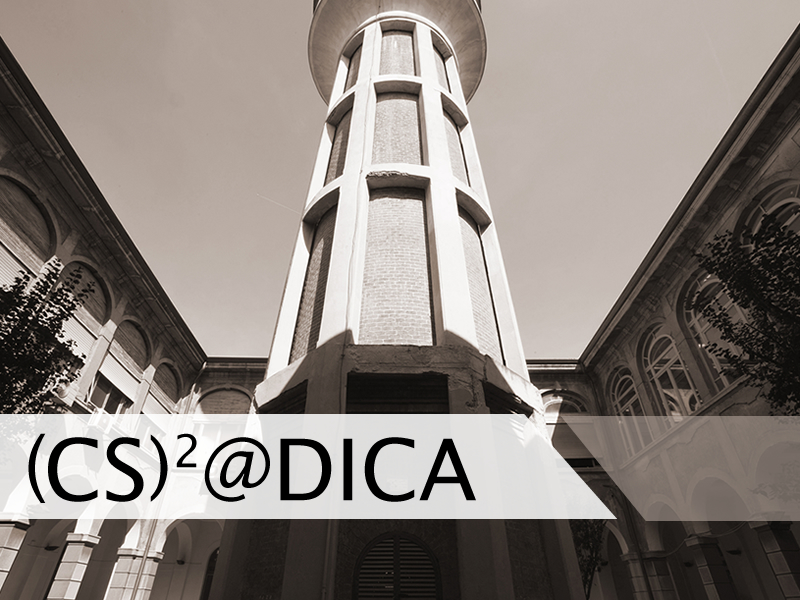18 December 2018 11:00Global Navigation Satellite Systems (GNSS) and meteorology

Event Details
Seminars organized by the DICA
Learn more
Event Details
Seminars organized by the DICA Scientific Commission VI cycle – Academic Year 2018/19
Giovanna Venuti
GNSS meteorology refers to the use of the Global Navigation Satellite Systems as a tool for tropospheric water vapor content monitoring.
The observed satellite-receiver distances, allowing for GNSS receivers positioning, are in fact affected by the presence of water vapor along the GNSS signal propagation paths and appear longer than the actual geometrical ones. The water vapor related extra-path (or delay) can be estimated in terms of Zenith Wet Delay (ZWD), an average parameter accounting for the common zenithal projection of the delays contained in all the signals simultaneously collected by a receiver from the GNSS satellite constellation.
This by-product of precise positioning has opened the way to a meteorological use of GNSS, nowadays considered as one of the water vapor monitoring techniques, such as radio sounding or radiometer observations. GNSS ZWDs are in some countries assimilated into Numerical Weather Models at an operational level.
The possibility to model the atmosphere dynamics at higher and higher resolutions demands for a comparable sampling rate of atmospheric water vapor content. This plays a significant role in the generation of convective phenomena at the origin of heavy rains often triggering hydrogeological disasters. In this respect, currently available GNSS networks, designed for geodetic purposes, are too loose. Possible solutions can be envisaged from the coupling of GNSS with radar or SAR products or from the exploitation of low-cost GNSS receivers designed in view of meteorological applications.
The Geomatics and Research Laboratory (GEOlab) of PoliMI is currently involved in different research projects exploiting GNSS meteorology, in some cases as the main source for water vapor observations, in some other as complementary to SAR-meteorology. A short description of these activities will be given together with some promising results.
Time
18 December 2018
11:00
Location
Politecnico di Milano, Aula Castigliano
Piazza Leonardo da Vinci, 32 - Edif. 5
Organizer
Politecnico di Milano